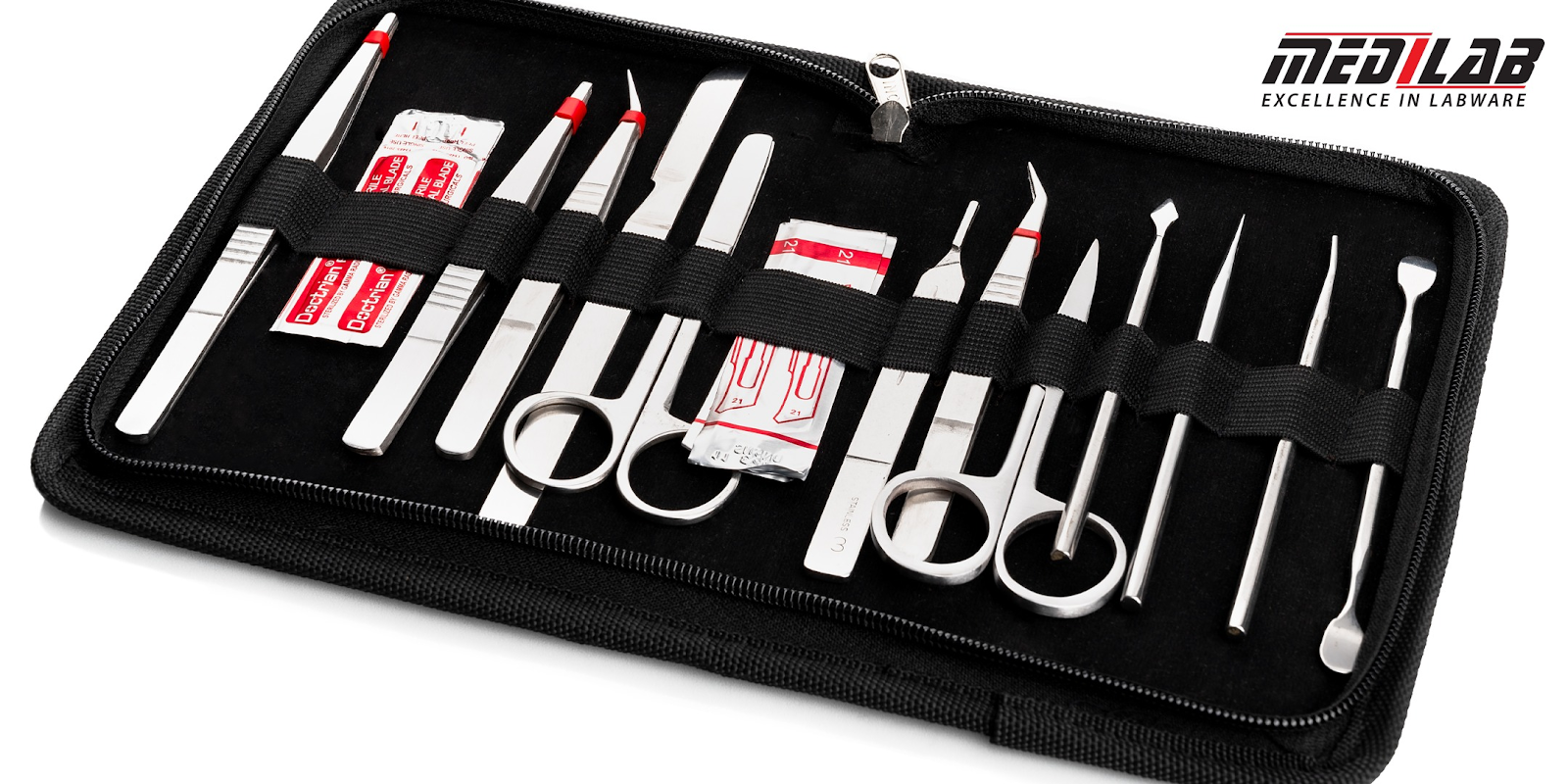The Unseen Heroes of Science Unraveling the Essential Role of Rack Test Tubes
Have you ever stopped to consider the unsung heroes of every laboratory? Tucked away in drawers, refrigerators, and incubators, they work tirelessly behind the scenes: the humble rack test tubes. These seemingly simple containers play a vital role in countless scientific endeavors, from groundbreaking research to routine medical testing.
But rack test tubes are far more than just passive holders of liquids. Their design, material composition, and even their closure systems all contribute to their effectiveness and ensure the integrity of the samples they hold. Let's delve into the world of rack test tubes and explore their crucial role in scientific progress.
From Humble Beginnings to Global Reach:
Rack test tubes have a rich history dating back to the late 19th century. Their early uses were primarily confined to research laboratories, where they were employed for various chemical and biological experiments. However, with the advancements in science and medicine, the demand for rack test tubes grew exponentially. Today, they are ubiquitous across various industries, including:
- Healthcare: From blood tests to urinalysis, rack test tubes play a crucial role in diagnosing and treating illnesses.
- Pharmaceuticals: Drug development and testing rely heavily on the use of rack test tubes to store, analyze, and transport samples.
- Research: Whether it's studying the properties of new materials or unraveling the mysteries of the universe, rack test tubes are essential tools in research labs around the world.
- Food and Agriculture: Ensuring the safety and quality of our food supply involves extensive testing, with rack test tubes serving as the containers for samples throughout the process.
Beyond Function: The Importance of Quality:
While their primary function is to store and transport samples, the quality of rack test tubes is paramount. Factors such as material purity, dimensional accuracy, and closure integrity are crucial to ensuring the validity of scientific results. Substandard rack test tubes can lead to sample contamination, degradation, and ultimately, inaccurate data.
Medilab Exports Consortium: Setting the Standard in Rack Test Tubes:
Recognizing the critical role of rack test tubes in scientific endeavors, Medilab Exports Consortium has dedicated itself to providing laboratories with the highest quality products available. Their commitment to excellence is evident in their use of:
- High-grade materials: Medilab uses only the finest quality polymers and glass to ensure the purity and integrity of samples.
- Precise manufacturing: Their state-of-the-art manufacturing facilities guarantee consistent dimensions and tolerances, eliminating the risk of leaks and contamination.
- Stringent quality control: Every single rack test tube undergoes rigorous testing to ensure it meets the highest standards for performance and reliability.
Medilab Exports Consortium's commitment to quality extends beyond the product itself. They also offer a comprehensive range of support services, including:
- Technical assistance: Medilab's team of experts is readily available to answer any questions and provide guidance on selecting the right rack test tubes for your specific needs.
- Training and workshops: Medilab regularly conducts workshops and training sessions to help laboratory personnel optimize their use of their products and prevent potential errors.
- Custom solutions: Medilab understands that every laboratory has unique needs. They offer custom design and manufacturing services to cater to specific requirements.
Conclusion:
Rack test tubes may be simple in design, but their impact on scientific progress is undeniable. Their quality and reliability are essential for ensuring the integrity of research data and the accuracy of medical diagnoses. By choosing Medilab Exports Consortium as your supplier, you can be confident that you are investing in the highest quality rack test tubes available, enabling your laboratory to achieve optimal results with every experiment.


Comments
Post a Comment